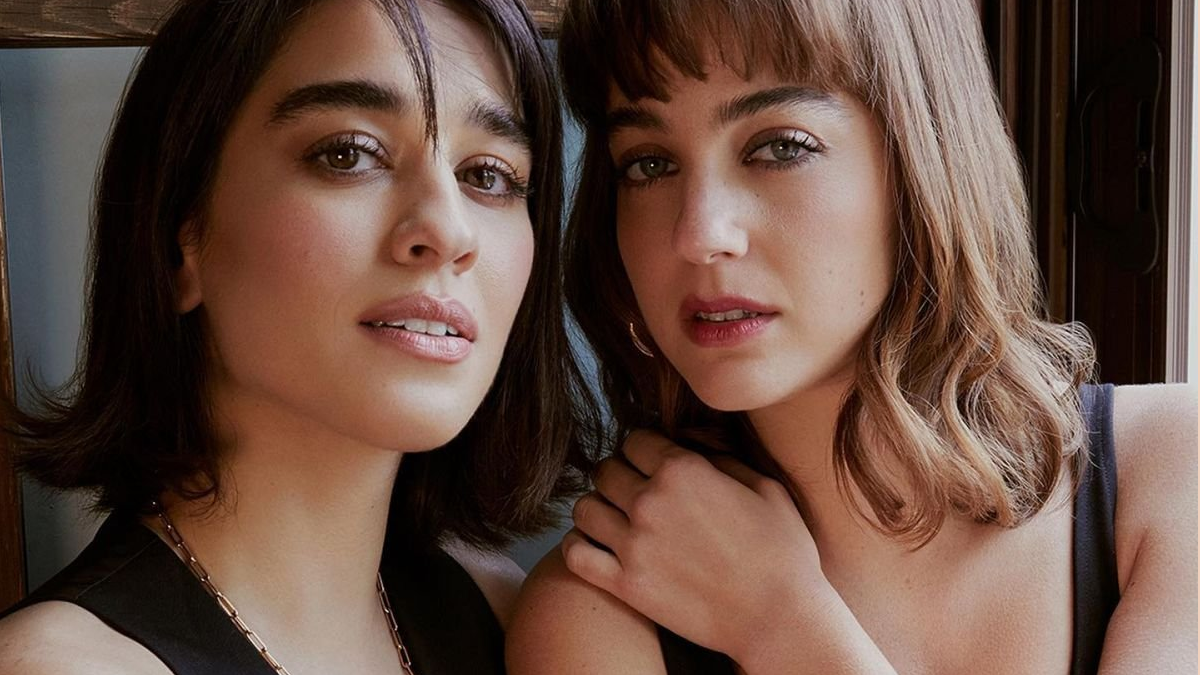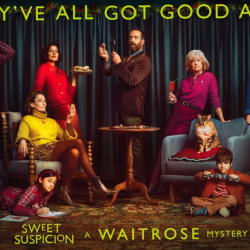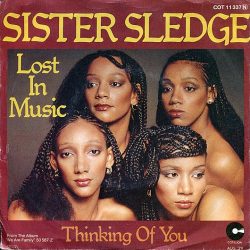Remember when media called all the shots and we just followed along? Those days are long gone. Today, armed with a forensic approach to brand and media content, consumers meticulously dissect any and all creative output, making sure it aligns with their values and making sure they are heard when it doesn’t. This ability to share their opinion has fundamentally changed the marketing landscape in favour of people.
But creative talent, those individuals with their own communities built through engaging content have their own authority too, and are central within the new power dynamic too.
What are the consequences for brands and media organisations?
Talent partnerships are cultural rods. We’ve seen the days of highly invested brand trips go wrong, and partnerships based on shiny pitch decks backfire, which has certainly shaped more caution from talent and awareness from consumers. Social platforms have empowered people to become more vocal about what they agree or disagree with. They share their experiences and views, both positive and negative, and even launch brand boycotts that have real impact. People have power because they are so invested. Previously, media was held to account but these days, creators are too: their talent platforms are essentially media platforms.
And as the leader and authority within their communities, they may influence their followers, but they are, in turn, influenced by the demands and expectations of their followers. When a creator promotes a brand seemingly not aligned with their own values, it damages their credibility with their carefully created audience.
It’s an intimate process. Creators essentially filter and curate what an audience sees in their own social feeds, on people’s most treasured personal devices. This also means that intimate content can perform really well if executed correctly. We saw the success of this in the content we created for Tiffany & Co. for the Tiffany Lock campaign, where we featured a series that captured less expected forms of connection beyond traditional romantic relationships for Valentine’s Day.
Featuring a range of talent including Beatrice Grannò and Simona Tabasco from The White Lotus (2021), and trailblazer Yasmin Finney, the campaign integrated moments of intimacy, through audio notes, handwritten letters and personal drawings.
We did a lot of research into the talent, so we could ask very personal questions that added multiple layers of depth to the content and ultimately resulted in the audience’s trust in this content to be significantly high, due to its honest, vulnerable and intimate messaging.
For media and marketers, successfully navigating the new power dynamic is delicate. People have power but culture shapes values and can really pay off when done correctly
Working with individual talent, whether a social media content creator, celebrity, model or a straightforward brand ambassador requires careful choreography. A trend we’re seeing, and personally I think is doing really well, is playing into elements of the talent’s personality in a tongue-in-cheek way, that breaks a wall of it feeling like a serious ad.
Android recently unveiled a new social media campaign featuring Naomi Campbell, playing into her personality and fashion background whilst also showing her around her home, again this feeling of being a fly on the wall breeds trust with the viewer, forgetting they are consuming an ad.
Each individual talent will have their own perspective on the content they are involved in, and how that aligns with their own ethos. In our work with talent, there is now more input from the creator side around clients’ briefs than even just a few years ago. Personally, I’m happy to see it. The result is more personalised and crafted content that feels more organic. Talent now has a greater awareness of their need to work only with brands that adhere to their own tone of voice and beliefs.
We’ve seen the success of this by integrating ambassador partnerships seamlessly within a creator’s primary skill sets, such as redesigning a room using a second-hand platform, or utilising presenting skills from TV talent with live engaging content with audiences. The key for brands and agencies is to bear in mind the talent’s perspective in relation to the final content.
Talent will want their own say in how they maintain a positive and appropriate-to-them image, especially when it comes to brand collaborations. When agencies and partner brands produce content aligned to the creator’s style and values, authenticity cuts through. Nothing beats a compelling piece of content that resonates and creates a sense of connection. It’s reminiscent of traditional media’s curated content. But this time executed in the digital age, under a new power dynamic by talent themselves.
We always seek talent whose content aims to live outside of the realms of a phone. Yes this is the shop front of what they do, but partnering with talent whose job as a content creator is just the tip of the iceberg of their skill sets, interests and lifestyle is what provides depth and a genuine connection with the audience. People have power because content matters to them. With the ability to share their opinions as part of a continuous feedback loop, that is unlikely to change any time soon.
Featured image: Beatrice Grannò and Simona Tabasco / Tiffany and Co.






























